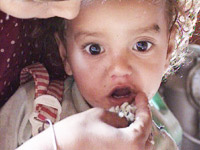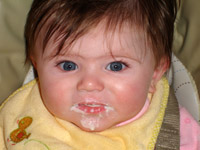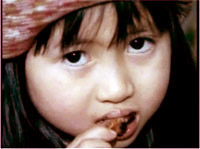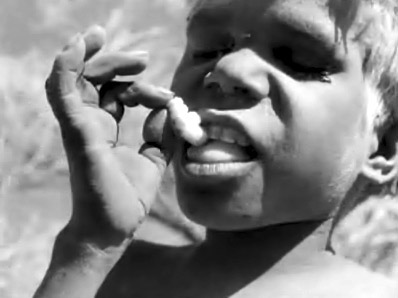Demystifying Terroir: Maybe It's The Microbes Making Magic In Your Wine
http://www.npr.org/sections/thesalt/2016/06/17/482315073/demystifying-terroir-maybe-its-the-microbes-making-magic-in-your-wine
Local microbes can predict wine's chemical profile
http://universityofcalifornia.edu/news/local-microbes-can-predict-wine-s-chemical-profile
Associations among Wine Grape Microbiome, Metabolome, and Fermentation Behavior Suggest Microbial Contribution to Regional Wine Characteristics
http://mbio.asm.org/content/7/3/e00631-16
Microbial biogeography of wine grapes is conditioned by cultivar, vintage, and climate
http://www.pnas.org/content/111/1/E139.full
Climate, terroir, and wine: What matters most in producing a great wine?
http://www.earthmagazine.org/article/climate-terroir-and-wine-what-matters-most-producing-great-wine
Regional microbial signatures positively correlate with differential wine phenotypes: evidence for a microbial aspect to terroir http://www.nature.com/articles/srep14233
Wine enthusiasts may often claim that their favorite bottle has a unique regional flavor, that they can taste the geographic origins of, say, a Cabernet from Napa verses one from the Alexander Valley. There may actually be some truth to this. Recent research has identified the ways that regional microbes contribute to the singular taste of one's favorite wine. Back in 2013, a team of researchers led by David Mills of the University of California, Davis confirmed that grapes grown and harvested in different regions of the world play host to a distinct assemblage of bacteria and fungi, or microbes. This past week, this same team of researchers, in collaboration with two wineries in Oakville, California, published a study in mBio demonstrating that vineyards in the same geographical region also contain unique microbes. After examining grapes grown in the Napa and Sonoma Valleys, Mills and his team discovered that despite physical proximity, each vineyard did indeed host their own signature microbes. Significantly, these studies expand our understanding of terroir, or how a region's climate, soils, terrain, and, now, local organisms affect the taste of wine. [MMB]
The first source links to an NPR article by Carolyn Beans about this recently published study. The second link takes readers to a summary by UC-Davis' Pat Bailey. Bailey notes that Mills' research results may incentivize vineyard owners to employ more environmentally sustainable practices in order to preserve their unique micro-biotic communities. Readers who are interested in perusing the original research papers by Mills and his team can follow the third link to find the full text of this week's mBio publication, or the fourth link to read the team's 2013 publication in the Proceedings of the National Academy of Science of the United States of America. Next, readers will find a 2014 article by climatologist Gregory V. Jones about the history and science of terroir and winemaking, highlighting the important role of climate. Until recently, most discussions on terroir centered on aspects such as climate, topography, and geology. Lastly, readers will find a 2015 study published in Nature that details the efforts of New Zealand scientists as they examine regional microbial signatures in wine.







